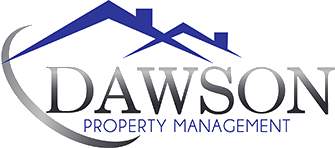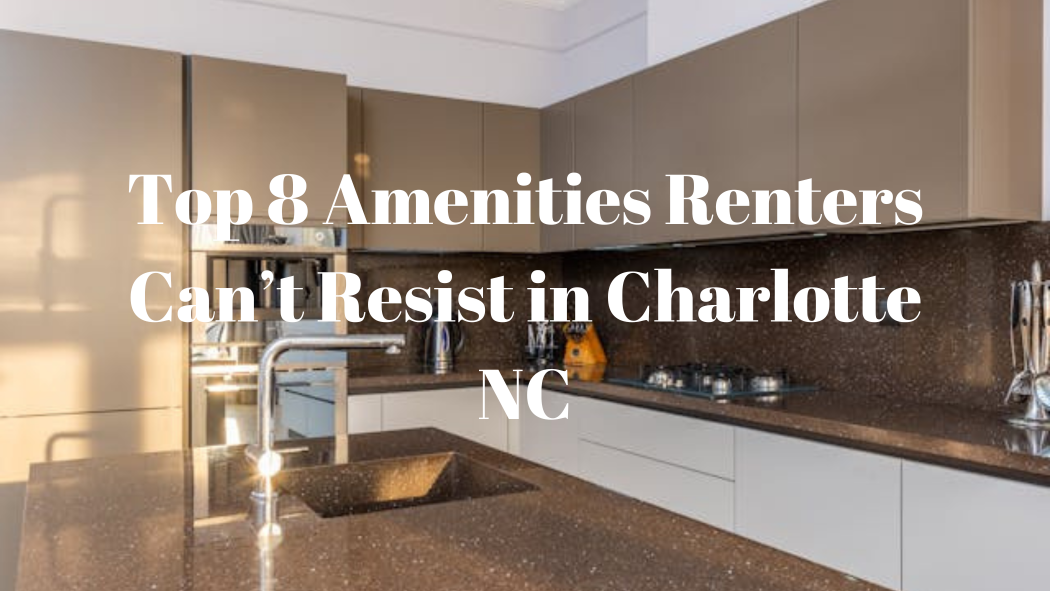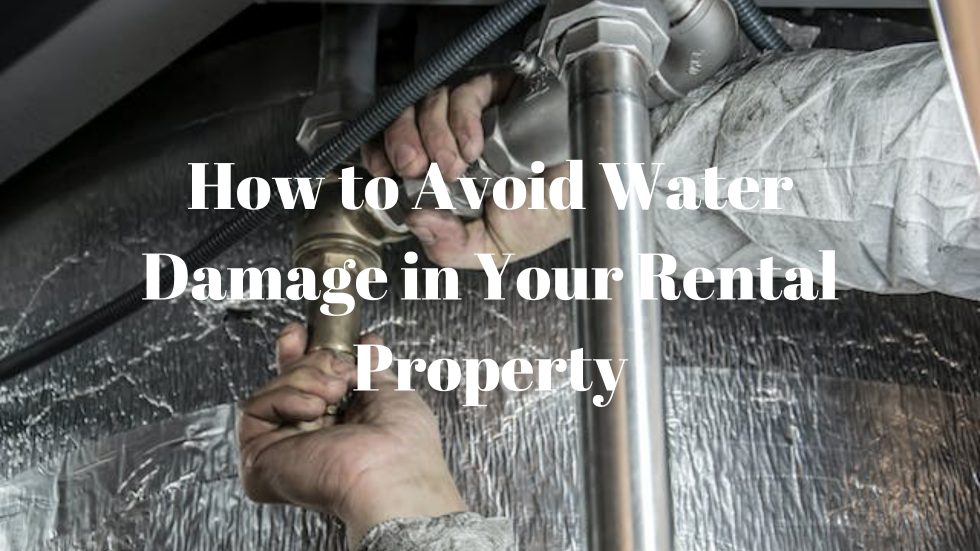Tips to Prevent Tenant Damages to Your Rental Property
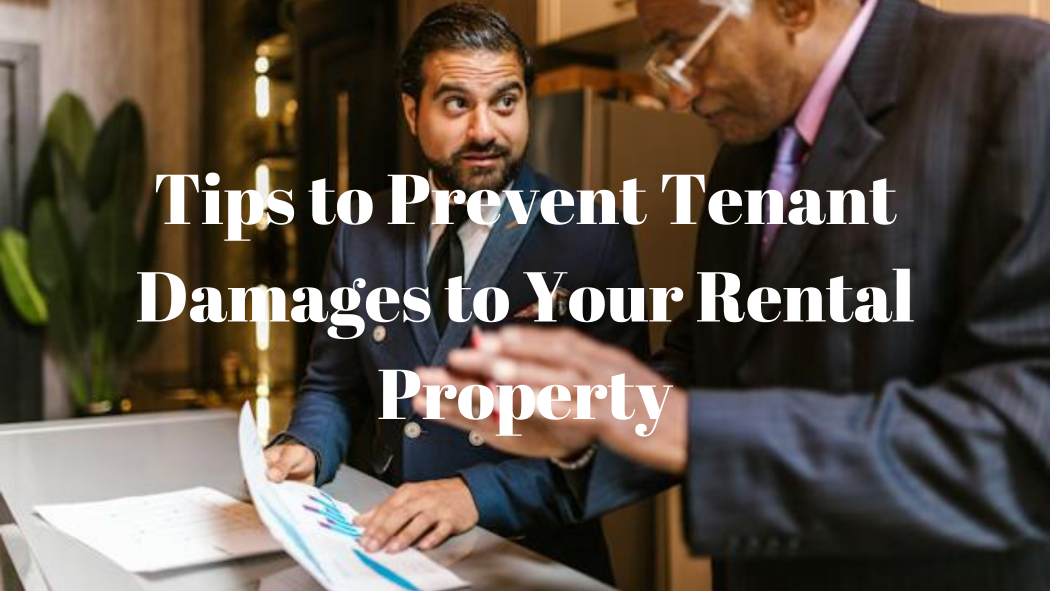
Have you ever dealt with the frustration of unexpected property damage caused by residents? It’s a challenge many landlords face, often leading to costly repairs and headaches.
Protecting your investment is a top priority, but how can you effectively minimize the risk of resident-related damages while maintaining a positive relationship with them? Striking this balance requires proactive strategies and thoughtful management.
From setting clear expectations to conducting
regular inspections, there are steps you can take to ensure your property remains in top condition. In this article, we’ll explore practical tips to help you prevent damages, safeguard your rental, and maintain a stress-free experience as a landlord.
8 Smart Strategies to Protect Your Rental Property from Resident Damages
1. Screen Residents Thoroughly
Finding reliable residents starts with a solid screening process. You should begin by requiring a detailed rental application that includes employment history, income verification, and references from previous landlords.
Conduct background checks to identify potential red flags, such as eviction history or criminal records, and run a credit check to assess their financial reliability.
Reach out to previous landlords to learn about their experiences. This extra effort at the start ensures you select residents who are more likely to respect your property and fulfill their responsibilities.
2. Set Clear Lease Terms
Your lease agreement is your best tool to set expectations and protect your property. Clearly outline responsibilities for property maintenance, like keeping the home clean, proper trash disposal, and reporting any damage or issues promptly. Include specific clauses about prohibited activities, like smoking indoors or unauthorized modifications.
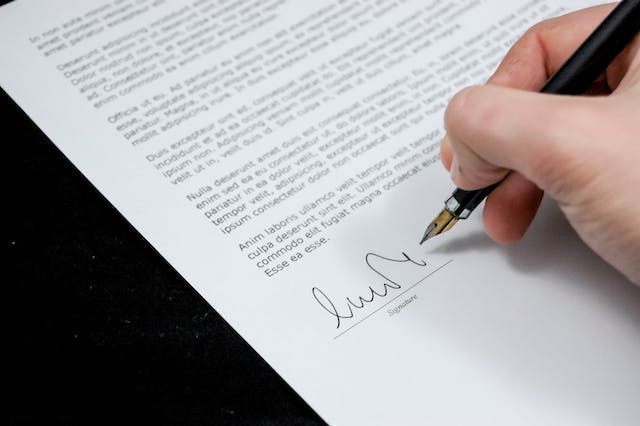
Be upfront about penalties for neglect or damages caused by negligence. Walk through the lease terms with your residents during the signing process to ensure they understand their obligations. A clear, well-communicated lease minimizes misunderstandings and reinforces accountability.
3. Collect a Security Deposit
A security deposit is not just a financial safeguard; it also encourages residents to treat your property with care. Typically, this amount is held to cover damages beyond normal wear and tear.
Be sure to explain the conditions under which the deposit will be withheld and provide residents with an itemized list of potential charges for repairs or cleaning.
This transparency makes the process fair and clear for everyone. Additionally, having a deposit on file gives residents an extra reason to leave the property in good condition when they move out.
4. Conduct a Move-In Inspection
Before your residents move in, schedule a thorough inspection of the property and document its condition in detail. Use a checklist to record the state of walls, flooring, appliances, fixtures, and any other key features. Take photos or videos for visual evidence and share a copy with your residents.
This process not only protects you from disputes about pre-existing damages but also sets the tone for how seriously you take
property care.
During the walkthrough, explain the importance of reporting any issues immediately so they don’t worsen. Having this shared understanding helps you maintain the property’s condition from day one.
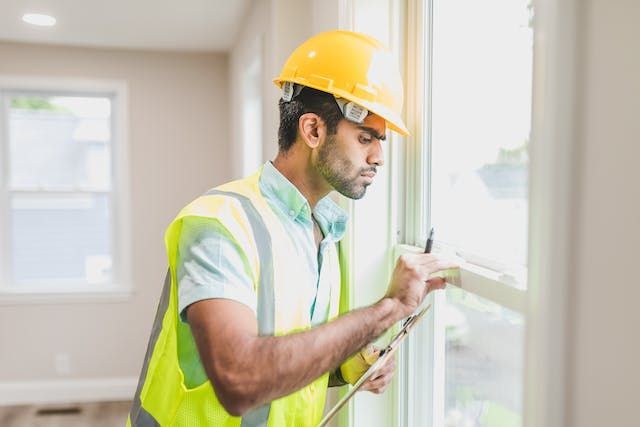
5. Perform Regular Inspections
Scheduling routine property inspections is a proactive way to catch issues early before they escalate into costly repairs. Make it clear in the lease agreement that regular inspections are part of your management process and always give your residents adequate notice before visiting.
These inspections allow you to check for maintenance needs like leaking faucets,
faulty appliances, or signs of potential damage.
During the visit, be friendly and respectful, and use the opportunity to remind residents of their responsibilities. Keeping inspections regular—such as every six months—shows that you care about your property while giving residents a gentle nudge to stay mindful of its upkeep.
6. Encourage Open Communication
Building a strong, open relationship with your residents can go a long way in preventing damages. Let them know from the start that they can reach out to you with any questions or concerns.
When residents feel comfortable communicating, they are more likely to report small issues to the
landlords like a leaking pipe or loose flooring before these problems worsen.
Respond promptly and professionally to their messages to create a sense of trust. This approach not only helps keep your property in better shape but also promotes a positive renting experience that benefits everyone involved.
7. Provide Maintenance Guidelines
Sometimes damages occur simply because residents aren’t familiar with how to properly care for certain aspects of a home. Avoid this by providing a clear set of maintenance guidelines when they move in.
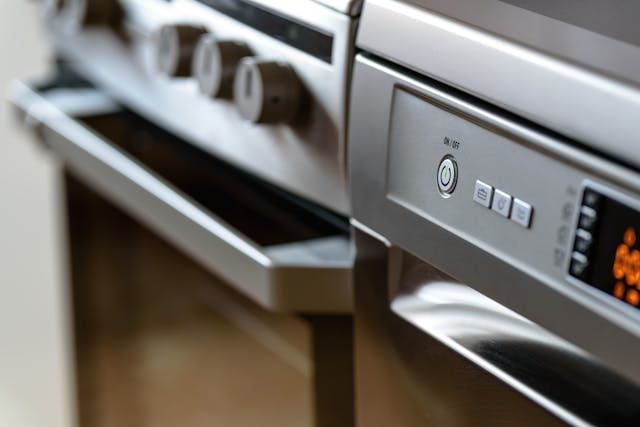
For example, explain how to clean appliances like ovens or dishwashers, how to avoid clogging drains, and the importance of regularly replacing air filters.
If your property has special features, such as hardwood floors, include tips on how to clean and maintain them. A simple guide or friendly walkthrough at the beginning of their lease can prevent many unintentional damages caused by lack of knowledge.
8. Respond Quickly to Repairs
Promptly addressing repair requests is not only good practice but also helps prevent further damage to your property.
For instance, a small water leak can turn into extensive water damage if left unattended. Make it easy for residents to report issues by providing a
direct phone number or an online portal for maintenance requests.
Respond quickly, even for minor repairs, to show your commitment to keeping the property in excellent condition. This approach not only helps you maintain the property’s value but also encourages residents to report problems immediately, reducing the risk of hidden damages.
Protect Your Investment with Dawson Property Management
Preventing resident-related damages doesn’t have to be stressful—Dawson Property Management is here to help! With expert screening processes, thorough inspections, and professional maintenance support, we ensure your rental property stays in top condition.
Our team works closely with landlords to create customized solutions tailored to your needs. Let us handle the details so you can enjoy peace of mind. Reach out today to discuss how we can protect your property and maximize its long-term value!
